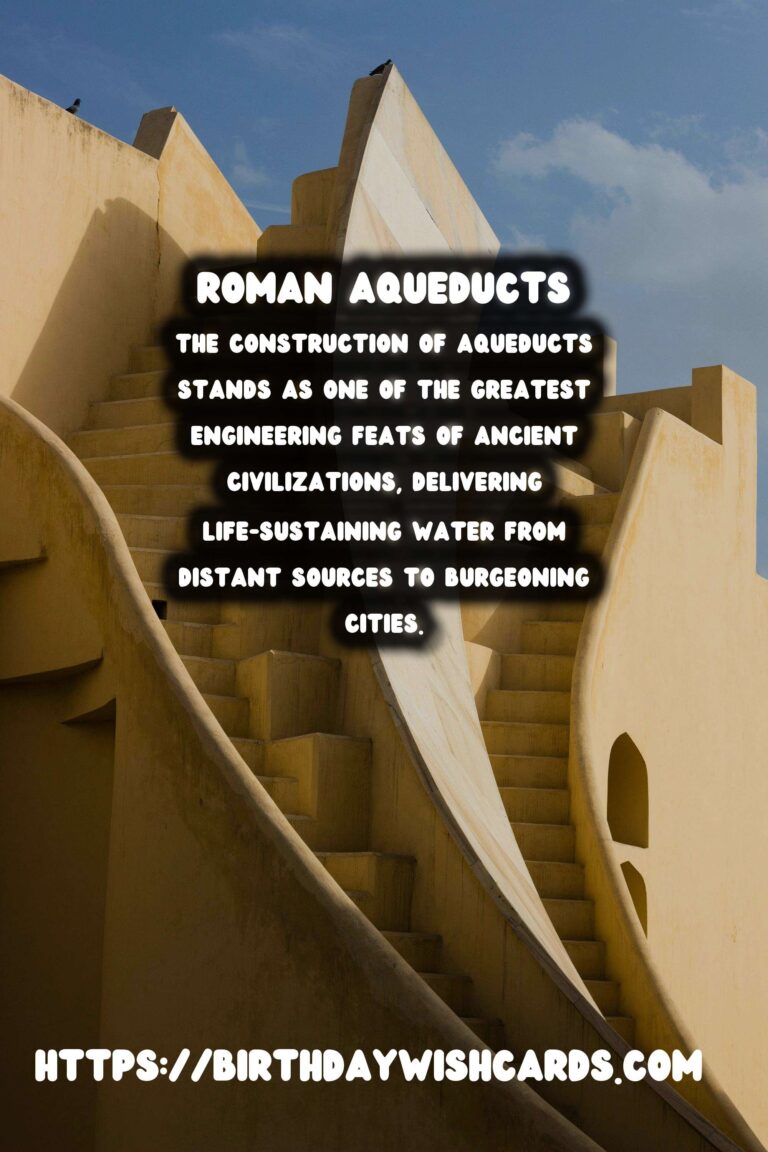
The construction of aqueducts stands as one of the greatest engineering feats of ancient civilizations, delivering life-sustaining water from distant sources to burgeoning cities. These marvels of engineering not only facilitated urban growth but also symbolize the ingenuity and ambition of their builders.
The Origins of Aqueduct Technology
Aqueducts have a storied history stretching back to the ancient civilizations of Mesopotamia and Egypt. However, it was the Romans who elevated the technology to new heights, crafting structures that have withstood the test of time. Roman aqueducts, renowned for their precision and longevity, were constructed using a blend of materials, including stone, brick, and a form of ancient concrete.
Roman Engineering Prowess
Rome, at the height of its power, boasted over eleven aqueducts spanning 500 miles, some of which supplied the city with over 300 million gallons of water daily. One of the most famous is the Aqua Appia, Rome’s first aqueduct, constructed in 312 BC. The aqueducts often required complex systems of tunnels, bridges, and siphons to maintain the flow across varied terrains.
Construction Techniques and Materials
The Romans employed a number of sophisticated techniques, such as the use of arcades – structures consisting of a series of arches – to traverse valleys and uneven grounds. The elevated segments of the aqueducts are often the most recognizable, showcasing a blend of structural necessity and aesthetic accomplishment. The precision in the gradients of these structures allowed for a steady, controlled flow of water.
The Cultural Impact of Aqueducts
Aqueducts played a crucial role in the development of Roman society, providing a reliable water supply that supported urban growth, sanitation, and public baths, which were focal points of Roman social life. They also indirectly encouraged architectural advancements and the implementation of urban planning strategies that influenced future generations.
Preservation and Modern Admiration
Many ancient aqueducts still stand today, serving as powerful reminders of human creativity and determination. Structures like the Pont du Gard in France and the Aqueduct of Segovia in Spain are not only tourist attractions but also UNESCO World Heritage Sites, celebrated for their historical significance and structural beauty.
Lessons for Modern Engineering
The principles underpinning ancient aqueduct design, such as efficient resource use and sustainable engineering practices, continue to inspire modern-day infrastructure projects. As we face global challenges related to water management, historical aqueducts offer invaluable lessons on sustainability and resilience.
Conclusion
The historical significance of aqueducts transcends their utilitarian function. They are monuments to human ingenuity and determination, having laid down the foundation for modern water supply systems while leaving behind a legacy that continues to captivate historians, engineers, and travelers alike.
The construction of aqueducts stands as one of the greatest engineering feats of ancient civilizations, delivering life-sustaining water from distant sources to burgeoning cities. Rome, at the height of its power, boasted over eleven aqueducts spanning 500 miles, some of which supplied the city with over 300 million gallons of water daily. 
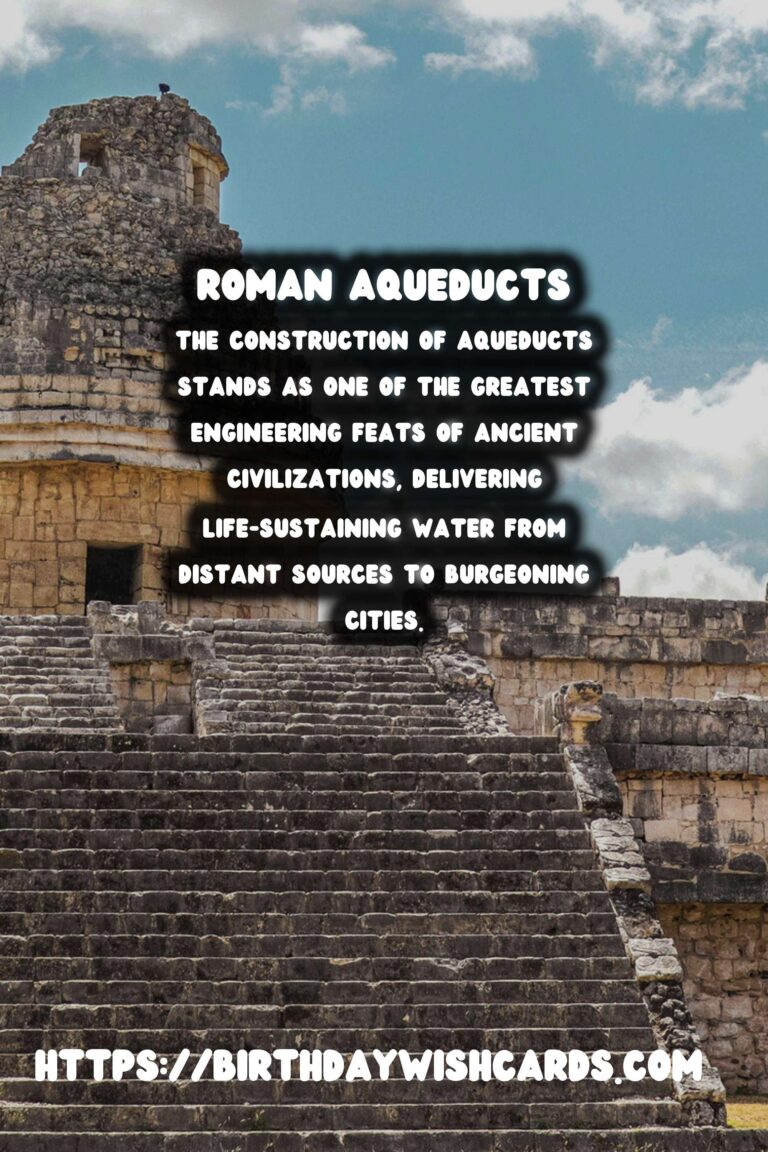
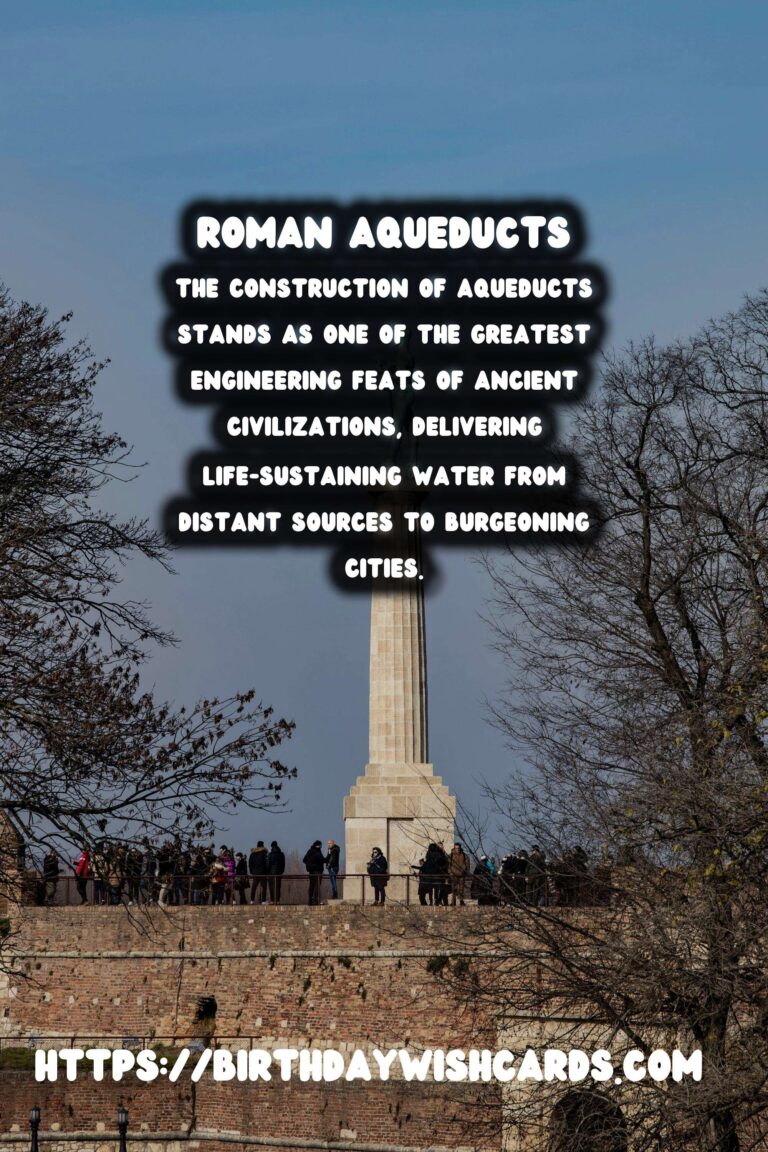
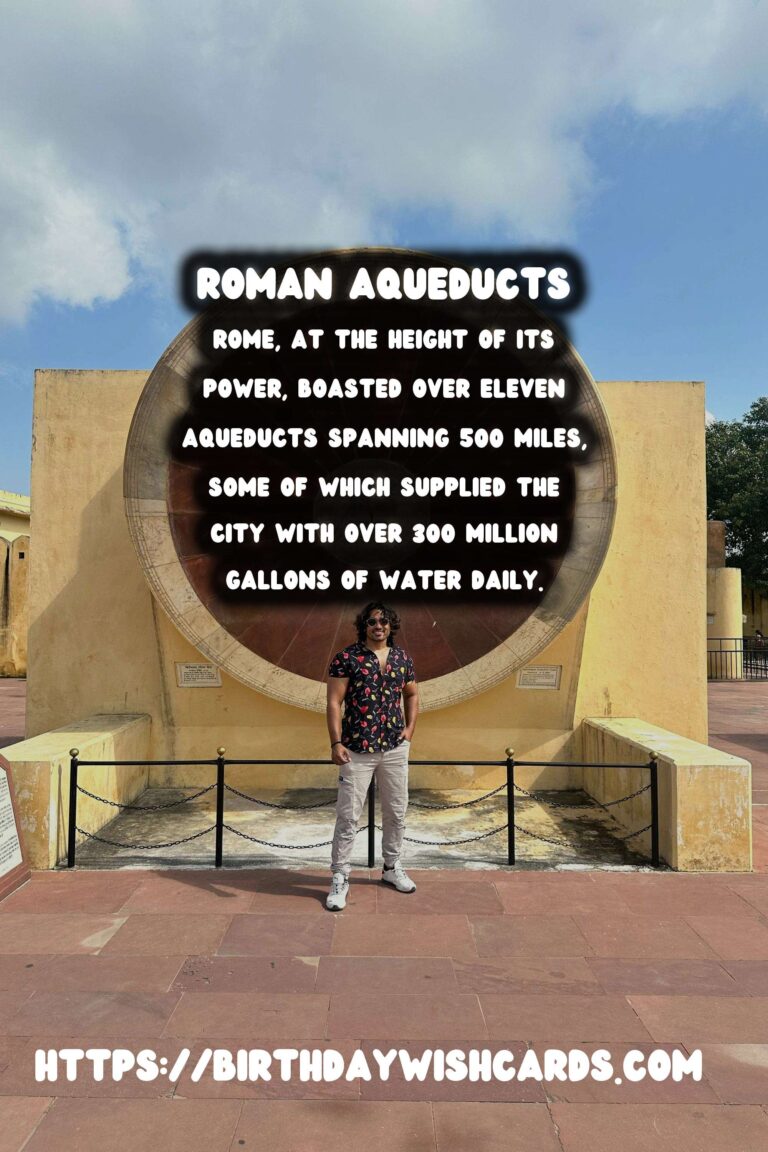
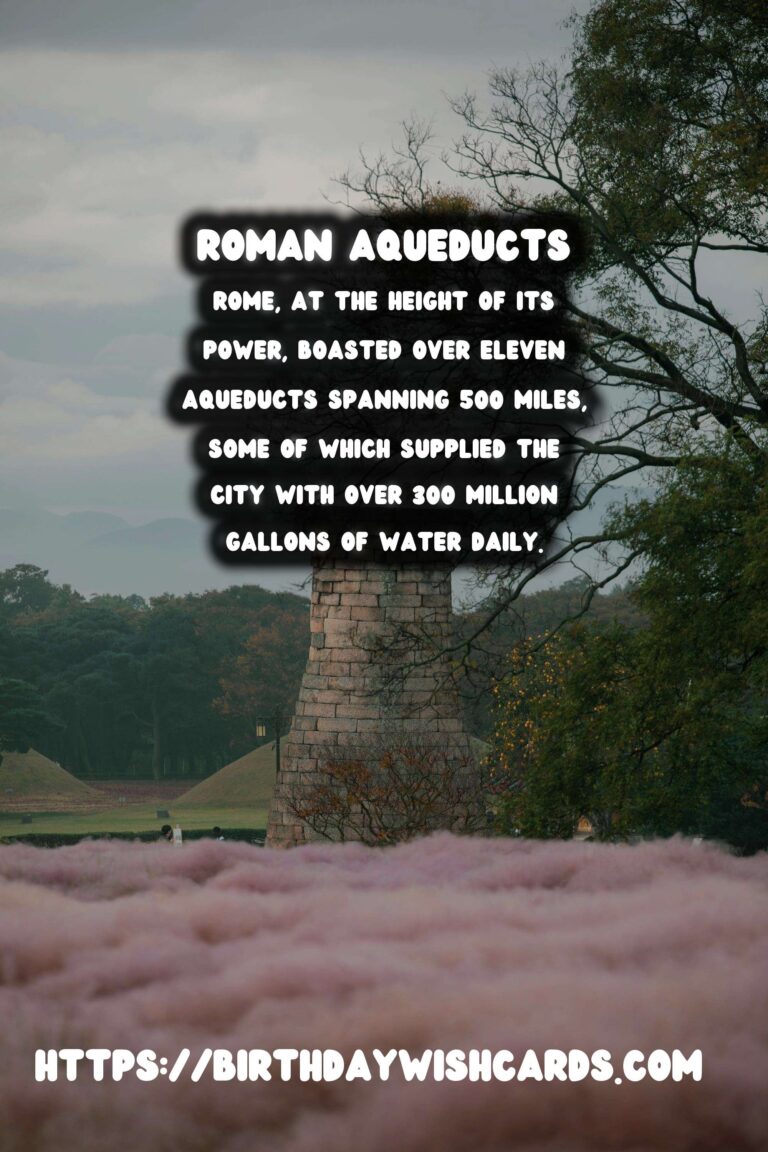
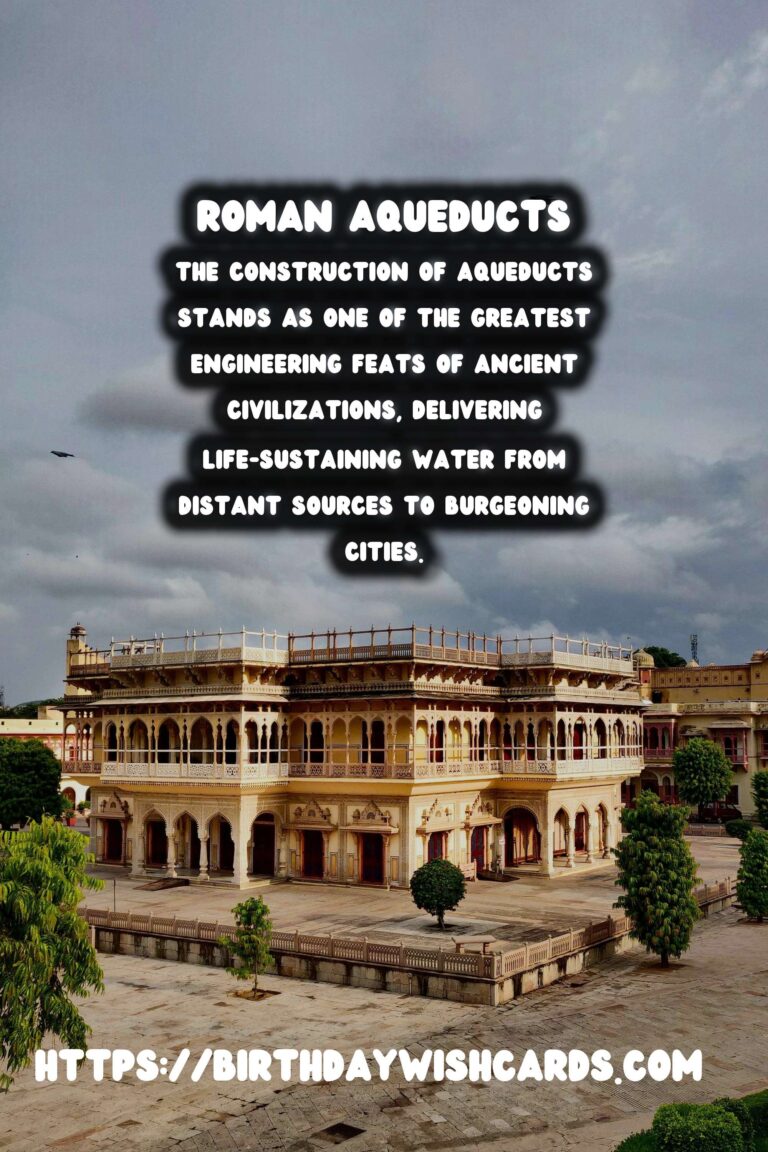
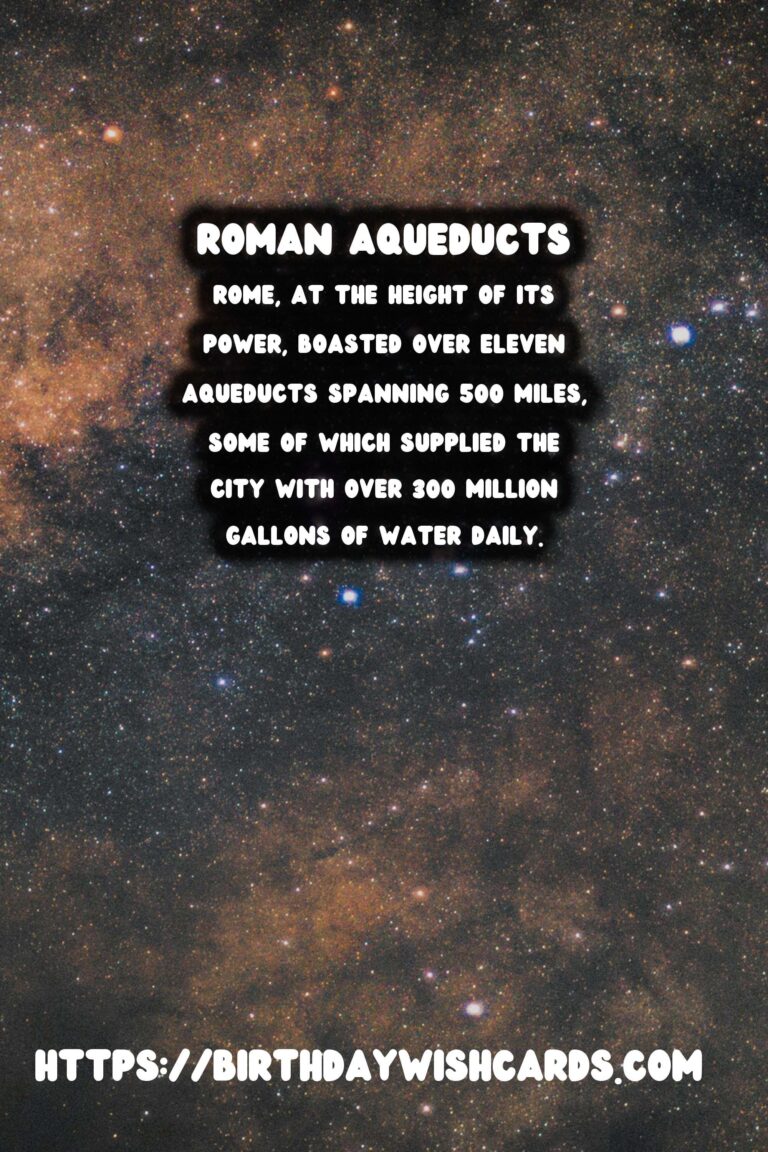
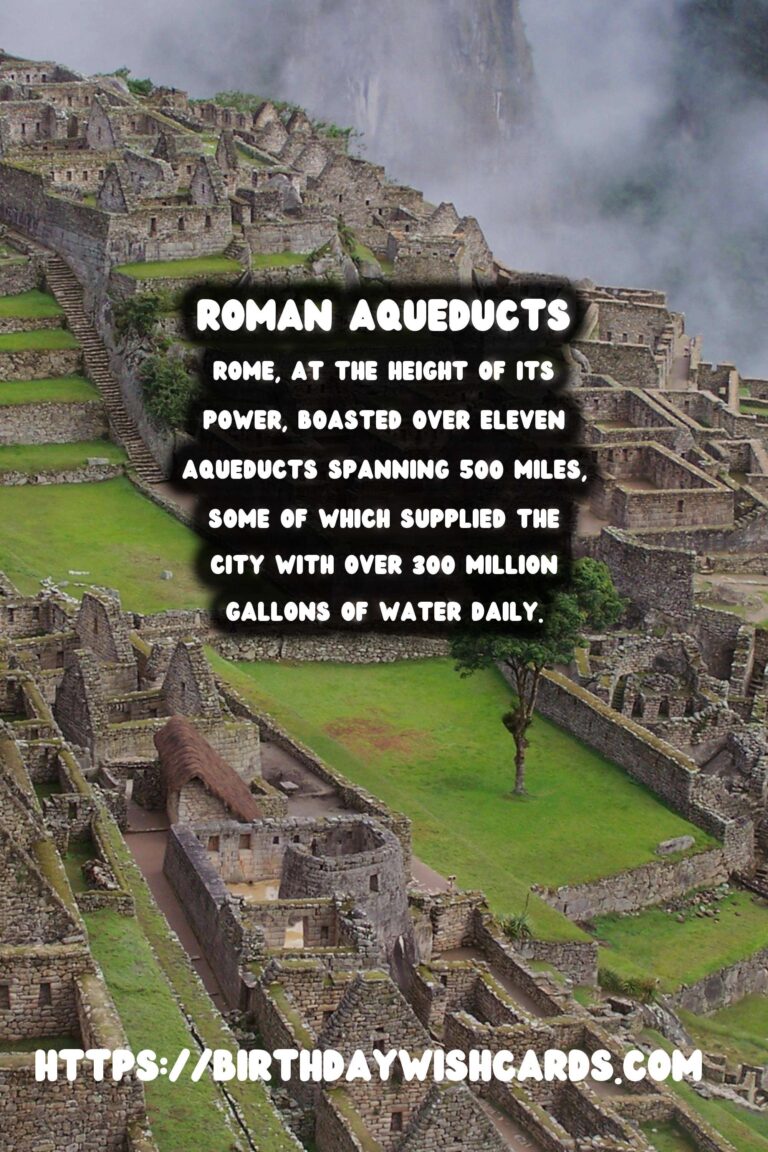
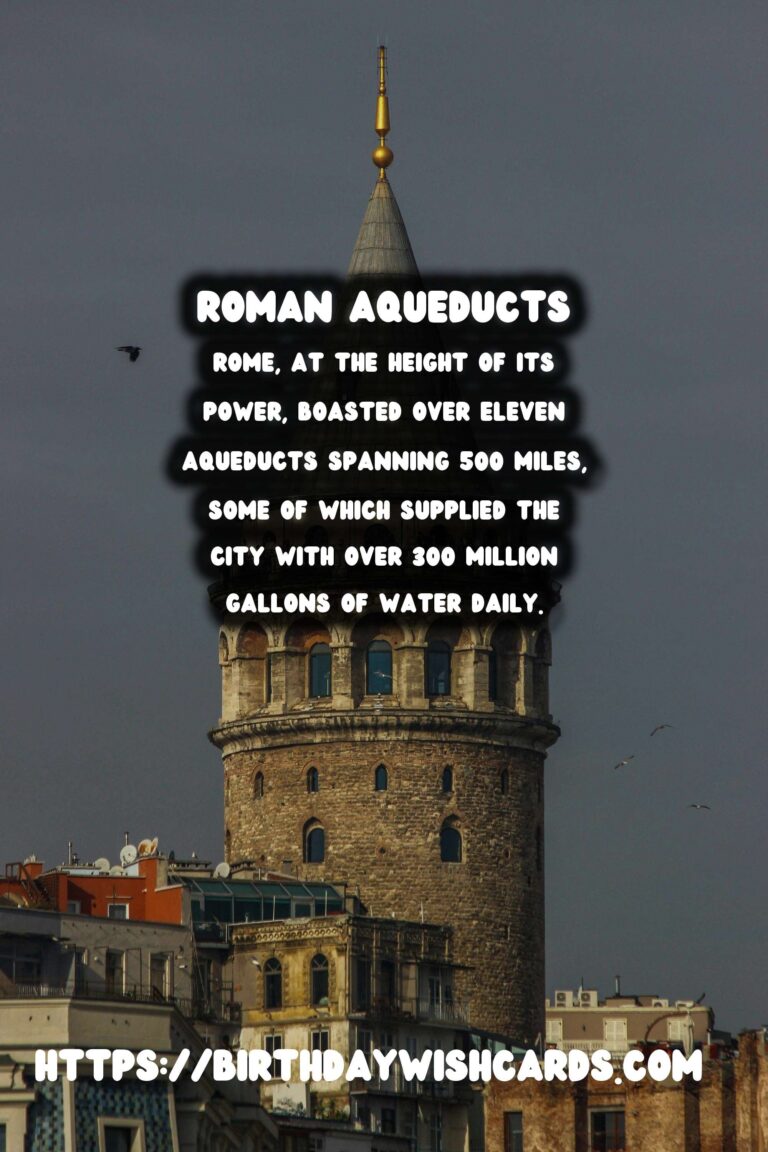
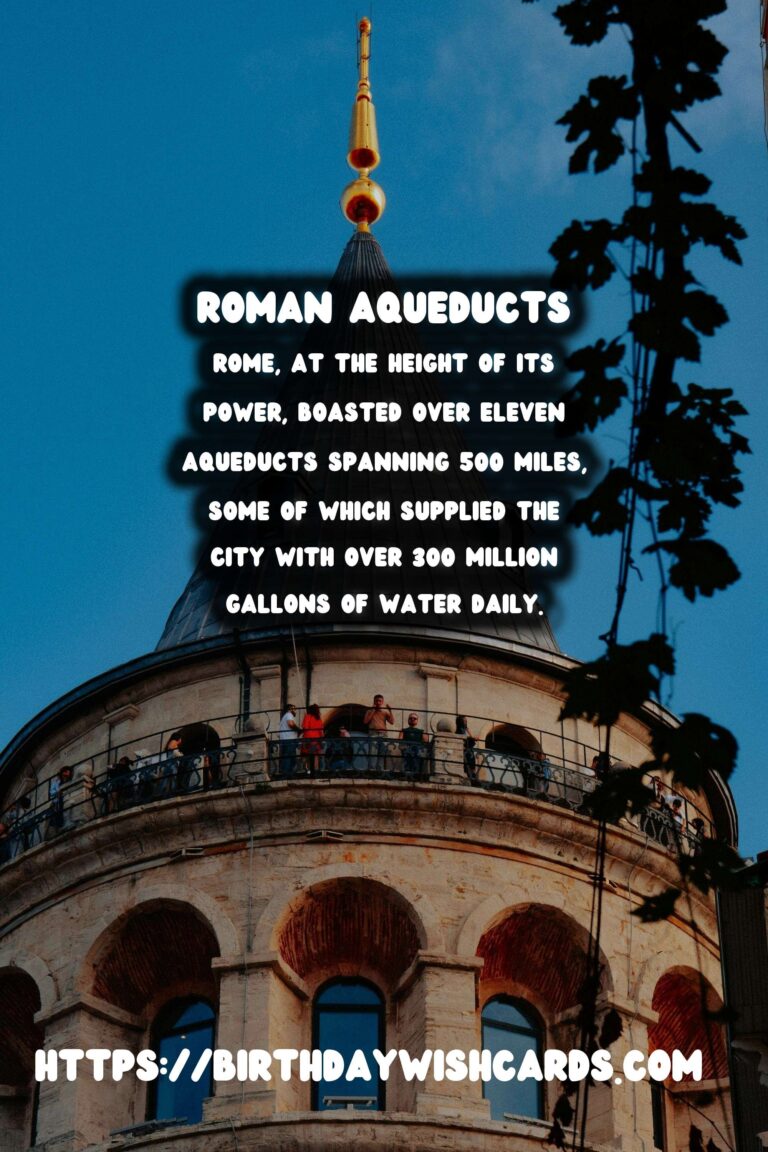
#History #Engineering




